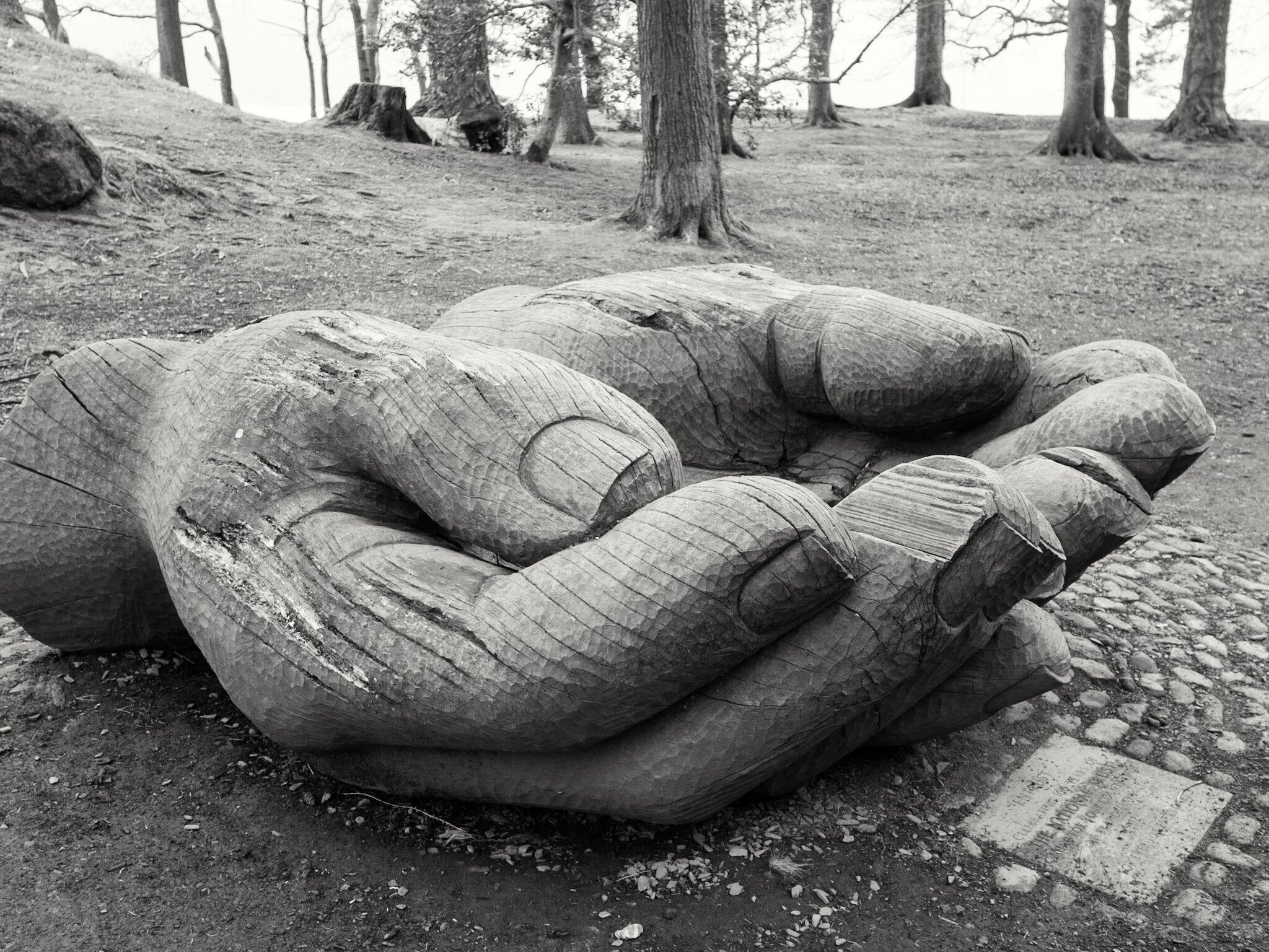Commentary on 1 Thessalonians 5:1-11
There’s an important detail about 1 Thessalonians that every reader should keep in mind and it’s so important that I will repeat it at the beginning of each of my commentaries: 1st Thessalonians is the oldest book in the New Testament. It is the first of the letters of Paul, written before any of his other letters and even before the Gospels. This letter gives us a glimpse into the concerns of one of the first communities outside of Syria-Palestine to receive the good news of Jesus Christ. It is an under-appreciated treasure.
This week’s pericope begins with Paul, Silvanus, and Timothy negotiating another cultural difference between themselves and the Thessalonians. In chapter four, the issue at hand was the nature of death. Here in chapter five, the trio find themselves in dialogue with the Greek propensity for marking certain times and seasons as auspicious. This observation of times and seasons is an issue throughout the letters of Paul, especially as it pertains to the observance of religious festivals (Galatians 4:10). At issue in these observations is the nature of time.
For many Greeks, time had two particular properties. On the one hand, it was eternal; just like death, time went on forever. On the other hand, it was also cyclical. The cyclical nature of time operated on different scales, ranging from the annual repetition of festivals all the way to repetition on the historical scale. Paul, Silvanus, and Timothy propose a new way to think about time. Rather than the cyclical repetition envisioned by times and seasons, the trio urge the Thessalonians to consider time in a linear fashion. Time, in their thinking, is hurtling towards one event: the day when Jesus will come again in glory, the “Day of the Lord” (5:2).
The Day of the Lord comes with a catch, however. Even though its arrival is inevitable, it comes at an unknown hour. To make this point, Paul, Silvanus, and Timothy echo a saying from the Gospels that compares the day to the arrival of a thief in the night (5:2, see also Mark 13:32). Just as with the parable of the strong man who breaks into a house, the Gospels and Paul employ the surprising imagery of thievery for God’s actions.
The sense of surprising imagery continues as they switch metaphors from the arrival of a thief to the arrival of labor pains (5:3). On a personal note, having just welcomed my first son into the world, I now realize how fitting the imagery of labor is. Though we knew that my wife would eventually go into labor, the last days of her pregnancy were full of waiting and watching. At any moment, we knew our lives would change forever, but we could not predict it and we could not escape it. With their down to earth, familial image, Paul, Silvanus, and Timothy capture the paradox of inevitability and uncertainty that mark the coming of the Day of the Lord.
Switching metaphors again, the trio play with light and darkness imagery (5:4-5). While the use of light/dark imagery may make some modern westerners uncomfortable, it is important to contextualize this metaphor within its cultural space. Night in the ancient world was categorically different than for modern westerners because it was truly dark. We have polluted the darkness with our electric lights and so can no longer understand the sharpness of the distinction between the day and the night and the fear that total darkness brings. Understanding the fear of darkness in antiquity helps to illuminate the courage required to stay awake and keep watch during the night. When the trio urge the Thessalonians to stay awake and watch for their master’s return, they are calling upon them to show the same faith and courage that Jesus urged upon the first disciples (Mark 13:35).
The imagery of watchfulness and wakefulness transitions smoothly into the metaphorical armor that Paul, Silvanus, and Timothy encourage the Thessalonians to put on (5:8). By piling up all of these metaphors, the trio weave a rich tapestry that can strike the imagination of the Thessalonians in multiple ways. The tapestry of metaphors serves as a reminder that the letters of Paul are not primarily intended as cut-and-dried theological discourse. Rather, they are sent to address real communities in difficult moments of faith.
Difficult moments of faith call for discussion of difficult topics and that brings Paul, Silvanus, and Timothy to the language of predestination and election. The language of election here is not meant for condemnation, but for comfort. This is a point that Martin Luther picked up on during the Reformation. Luther maintained that the reason to preach about election is to assure the people of God that they can have faith in God’s promise of salvation. In the face of doubts about one’s standing before God, the believer must cling to assurance that God has not destined us for wrath (5:9).
The assurance that Christ has died for us brings Paul, Silvanus, and Timothy back to the metaphor of sleeping and wakefulness. They return to the worries of the Thessalonians from chapter four, and promise that even the “sleeping,” in other words, the dead will wake to Christ. Once again they assure the Thessalonians that Christ’s promises apply to both the living and the dead, even if their cultural presuppositions would put the dead beyond his reach.
Once again the artistry of Paul, Silvanus, and Timothy stands out. With one metaphor (waking and sleeping), they bring together both the need for vigilance in waiting for Jesus’ return and the power of Jesus to overcome the believer’s lack of vigilance. Who, after all, could be more asleep and less vigilant than someone who has died? By tying these concepts together in one metaphor, they put each concern in its proper place. The Christian life should be marked by wakefulness, but in the end, faith in Jesus Christ rescues even those who have fallen asleep.



November 19, 2023